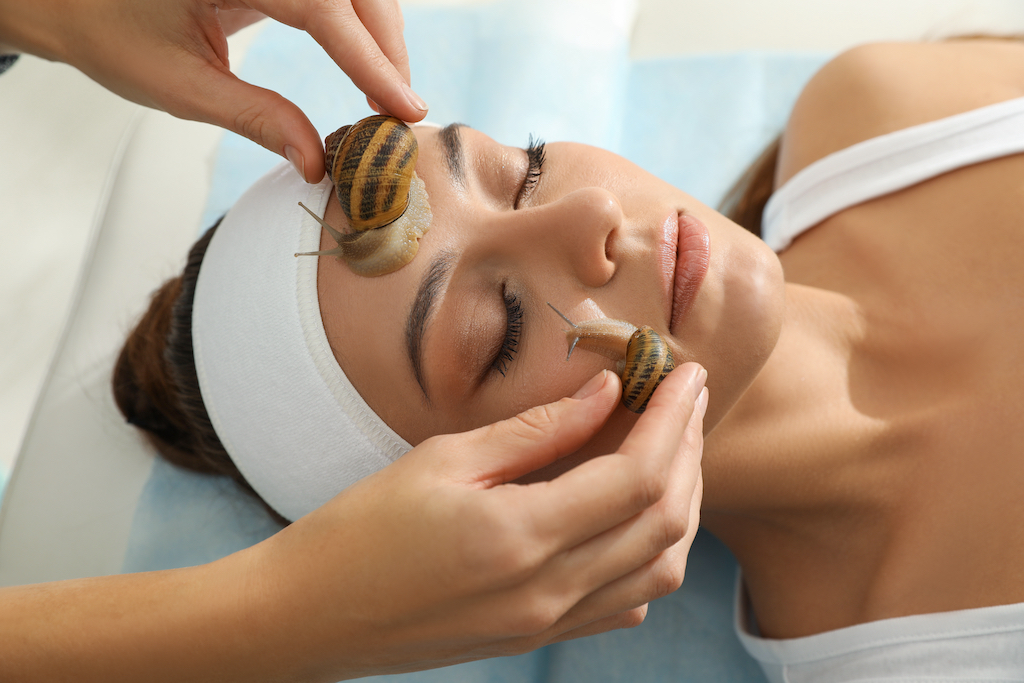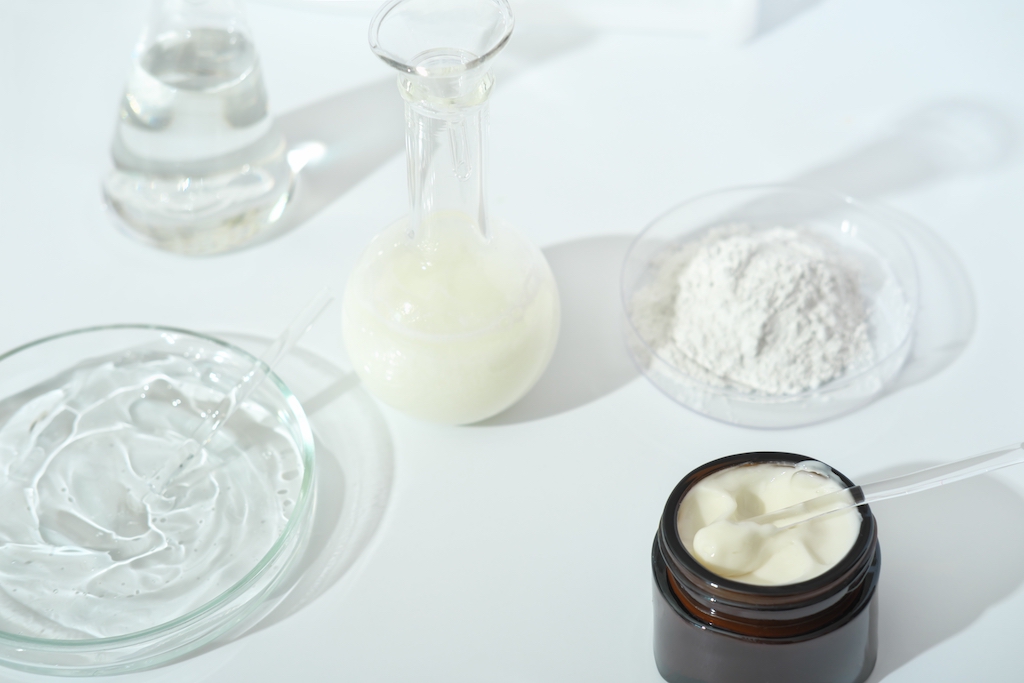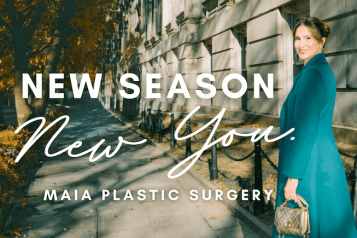 Photo Credit: Courtesy of New Africa/Shutterstock
Photo Credit: Courtesy of New Africa/Shutterstock
With the emergence of skincare influencers, an ever-growing number of individuals are turning to YouTube, TikTok, and Instagram in search of the latest trends in skincare. Whether it’s snail mucin, salmon sperm, or potato slices, there’s a constant influx of new skincare hacks on the horizon. Regrettably, discerning the safe and effective from the questionable can be a daunting task. Here Haute Beauty experts Dr. Samuel Lin and Dr. Kirsten Schuster share the trends and ingredients to avoid.
Skincare Trends to Avoid
While not all skincare hacks may be effective for everyone, some trends are universally risky and should be removed from your beauty arsenal. Use of inhaled Melanotan II, “the Barbie drug” may help you tan faster but incentivizes exposure to harmful UV rays and is associated with a variety of side effects including acne, facial flushing, gastrointestinal issues, spontaneous erections, and increased risk for melanoma (Gilhooley et al, 2021). At-home microneedling may stimulate collagen production, but devices are often not sterilized and can cause contact dermatitis and spread infections (Chu et al., 2021). The hyaluron pen offers DIY “needle-less” filler injections, but carries the risk of infection, vessel occlusion, and skin necrosis (Mathieu & Lee, 2022).
 Photo Credit: Courtesy of Y.P. Photos/Shutterstock
Photo Credit: Courtesy of Y.P. Photos/Shutterstock
Skincare Ingredients to Avoid
From chemicals to heavy metals, skincare products are rife with potentially harmful additives. Often exempt from FDA regulations, beauty products escape pre-release safety testing. Studies analyzing individual additives, however, have found health-harming effects ranging from skin irritation to hormone disruption to increased cancer risk (Okereke et al, 2015). Therefore, we recommend steering clear of products containing phthalates, parabens, polyethylene glycol (PEG), diethanolamine (DEA), benzophenones, mineral oil, formaldehyde, and artificial fragrances.
Skincare Recommendations
An effective skincare routine should include three key steps: cleanse, moisturize, and protect. Additional products including toners, exfoliants, antioxidant serums, or retinoids may then be added, with the choice of products and frequency of application dictated by skin type and beauty goals. For example, individuals with dry skin may benefit from limiting their morning wash to a water rinse while those with oily skin will require double cleaning twice a day.
Due to the individualized nature of skincare, it is recommended that anyone looking to incorporate new products, try new procedures, or customize a routine first speak with a preferred care provider about the options available to determine which best meets the patient’s needs while limiting any risks.
For more information, visit Dr. Brian A. Levine's social media:

























